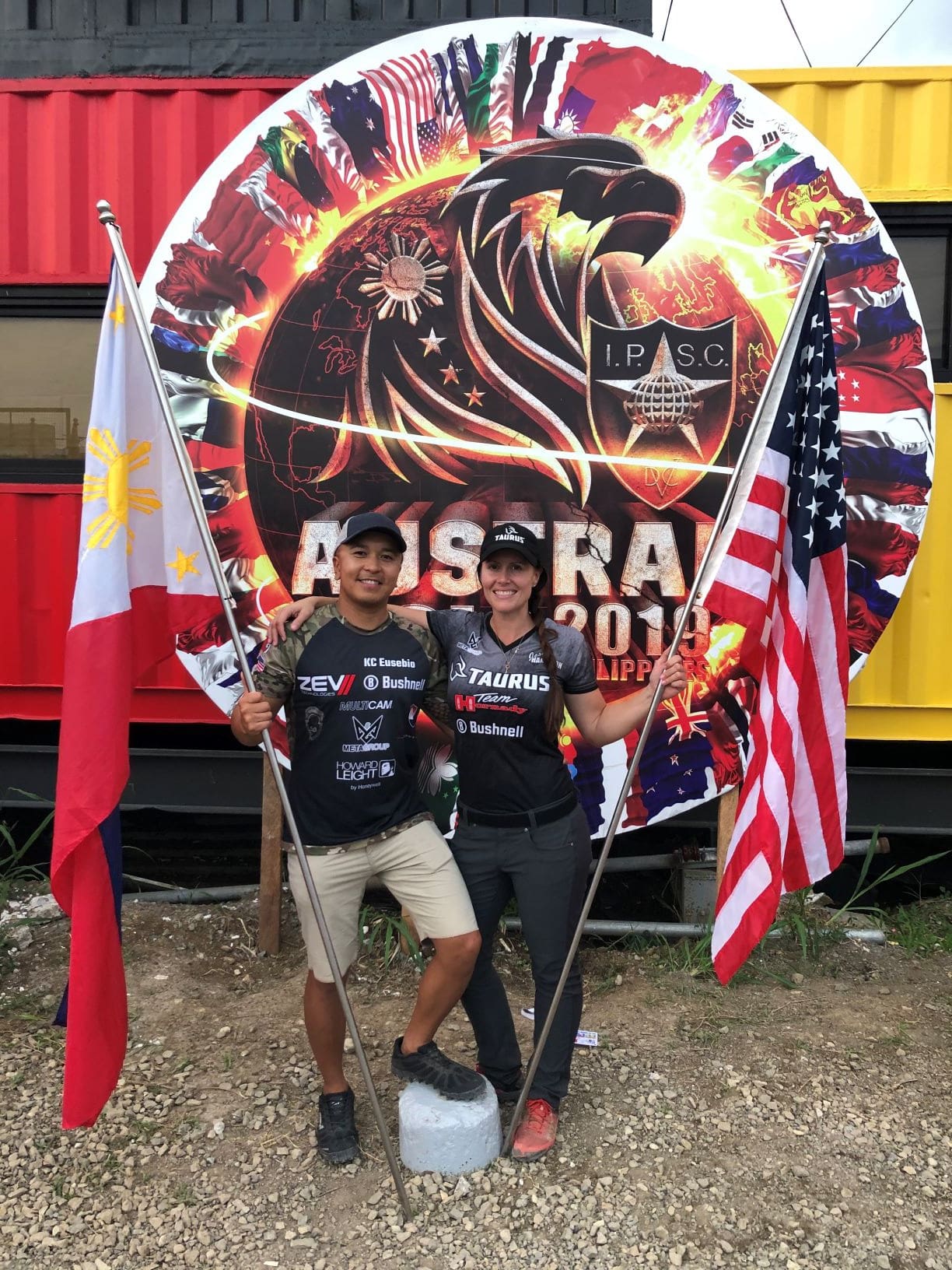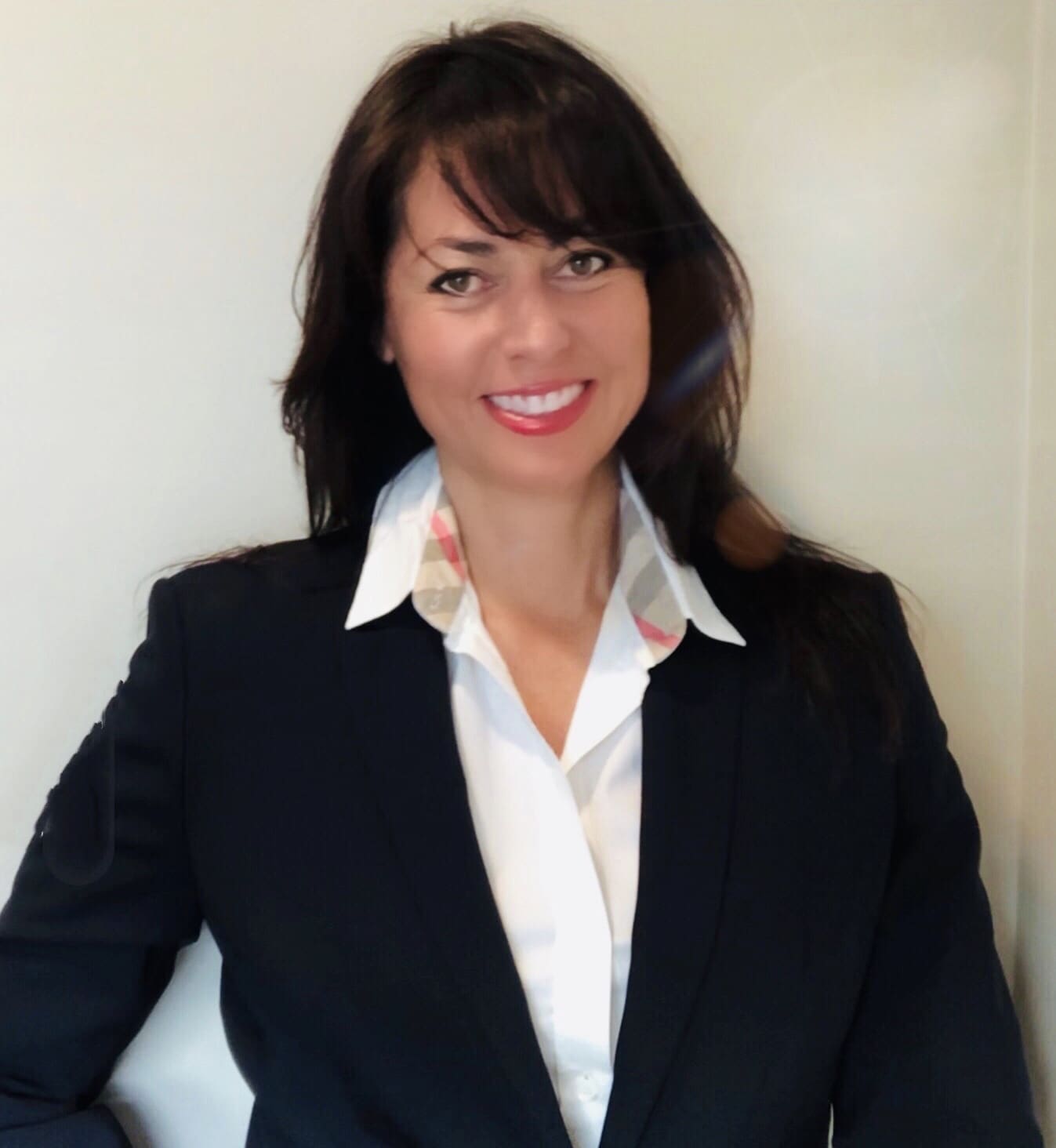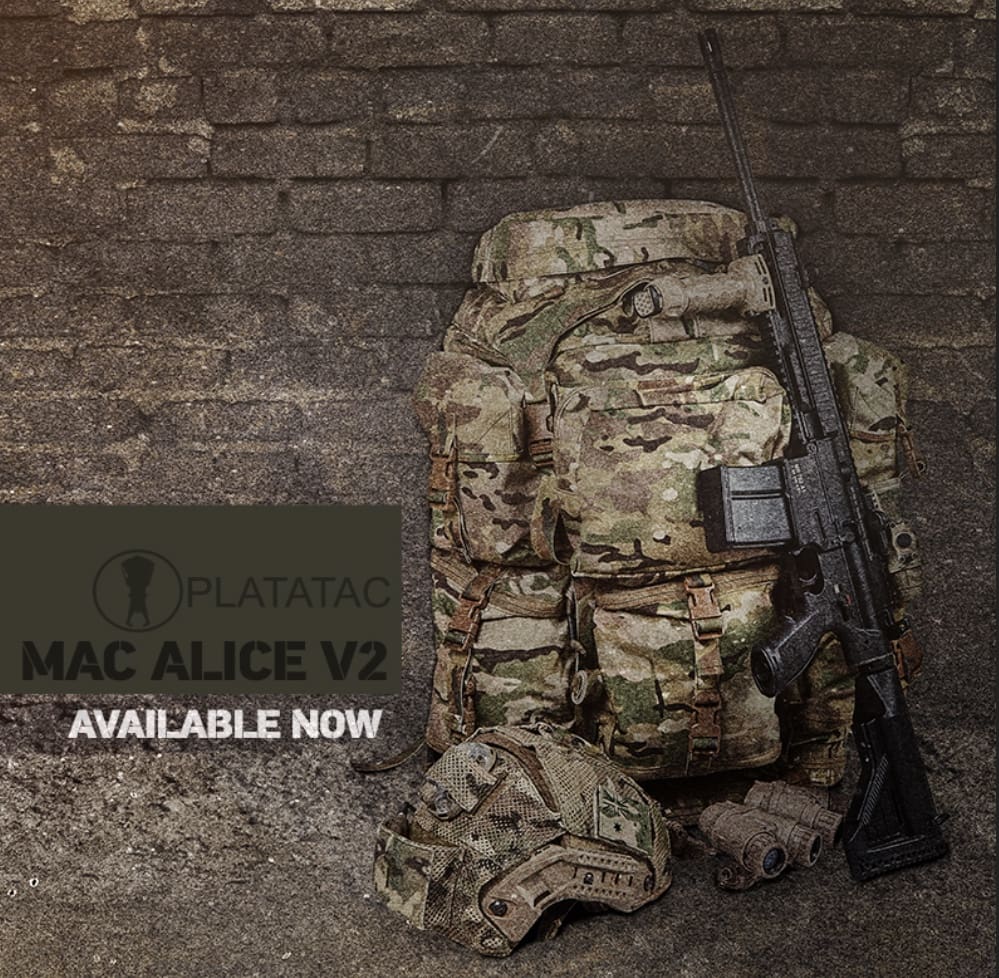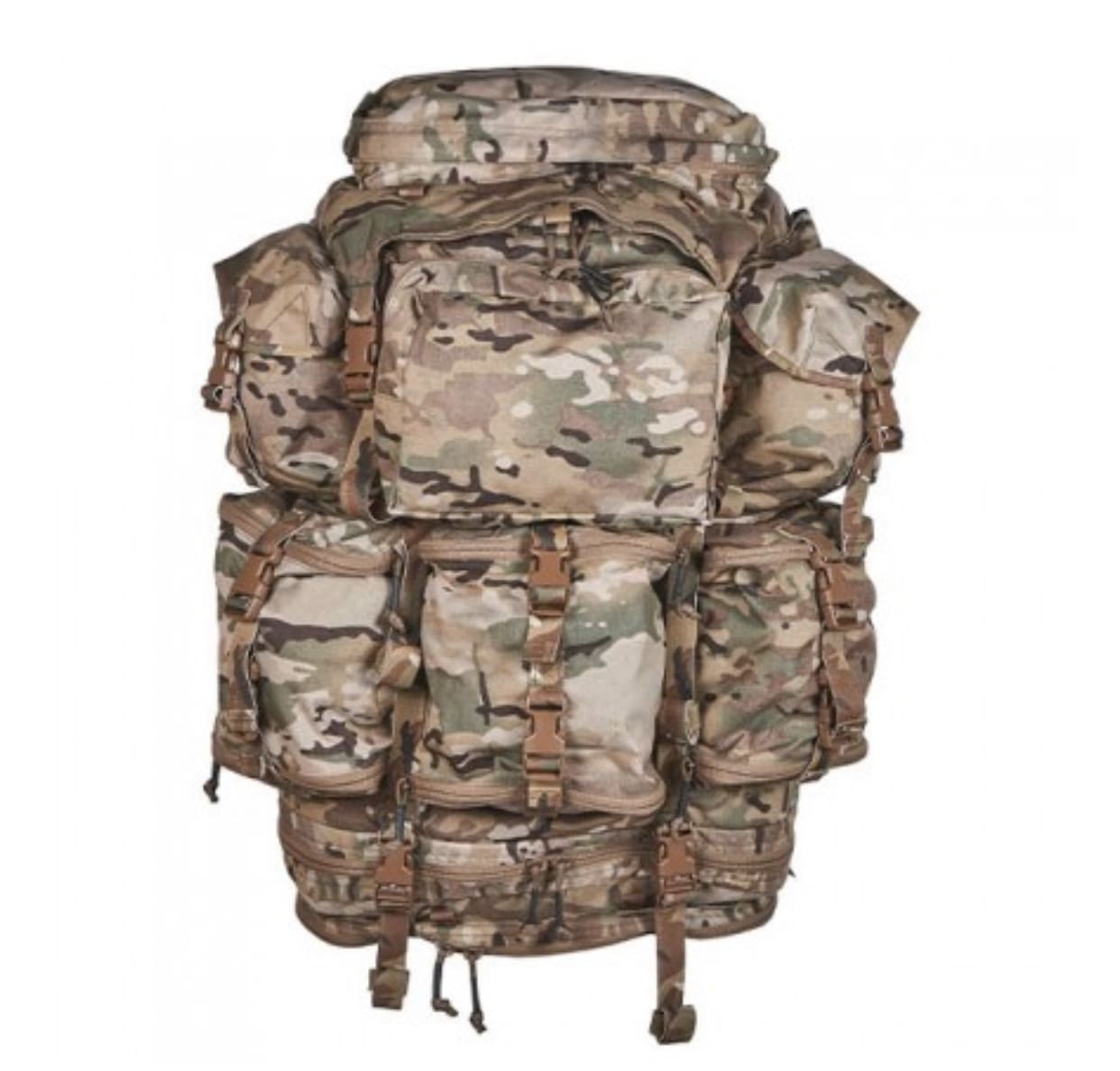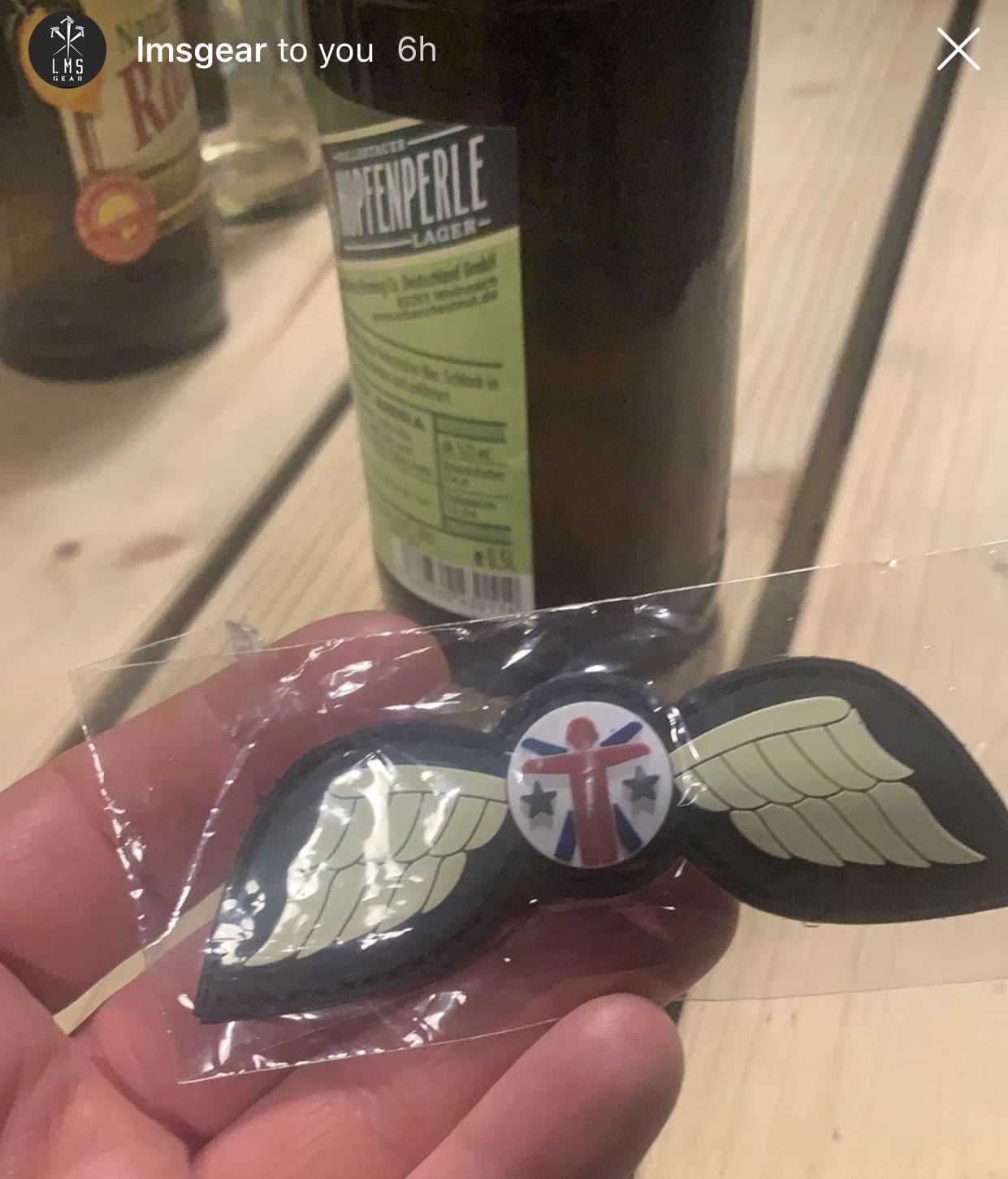Utilizing new material technology and manufacturing processes for enhanced strength, durability, and reliability, the Extreme Duty Window Mag exceeds demanding military performance specifications.
Horsham, Pa. (November 2019) – Mission First Tactical, LLC (MFT™), a leader in USA-made rifle/carbine accessories, is proud to introduce the latest addition to the MFT magazine line, the Extreme Duty Window Magazine (EXDPM556-W). Designed for the AR15/M4, but allowing use with a wide range of non-AR15/M4 platforms The Extreme Duty Window Magazine is currently available in Black and Scorched Dark Earth, and will also be available in colored windows and decorated units in the future.
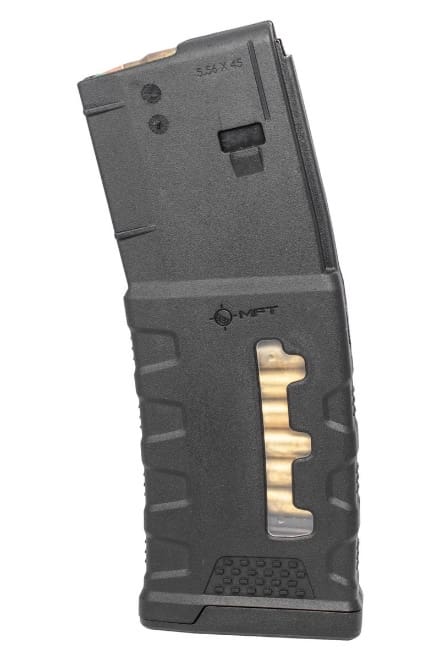
Utilizing new material technology and manufacturing processes for enhanced strength, durability, and reliability, the Extreme Duty Window Magazine exceeds demanding military performance specifications. Durable dual-side anti-glare transparent windows with numerical markers and high visibility indicator coil on the spring allow for quick visual identification of the approximate number of mags remaining.
Manufactured using the newest material technology and processes, the magazines with their next-generation long glass fiber polymer construction offer the trifecta of perfection in structural performance: strength, durability, and stiffness. The stiffness allows the magazine to maintain its integrity without additional weight with an additional benefit of top performance even at elevated temperatures. The longer length reinforcing fibers produce increased strength and prevents deformation and polymer fatigue. Additionally, the Extreme Duty Window Magazines offer increased durability through a more efficient energy transfer between the polymer and the longer fiber filaments during an impact. A long-life USGI-Spec stainless steel spring is corrosion resistant. The four-way, anti-tilt, self-lubricating follower keeps the rounds aligned and makes mag feeding consistent and reliable, while virtually eliminating jambs.
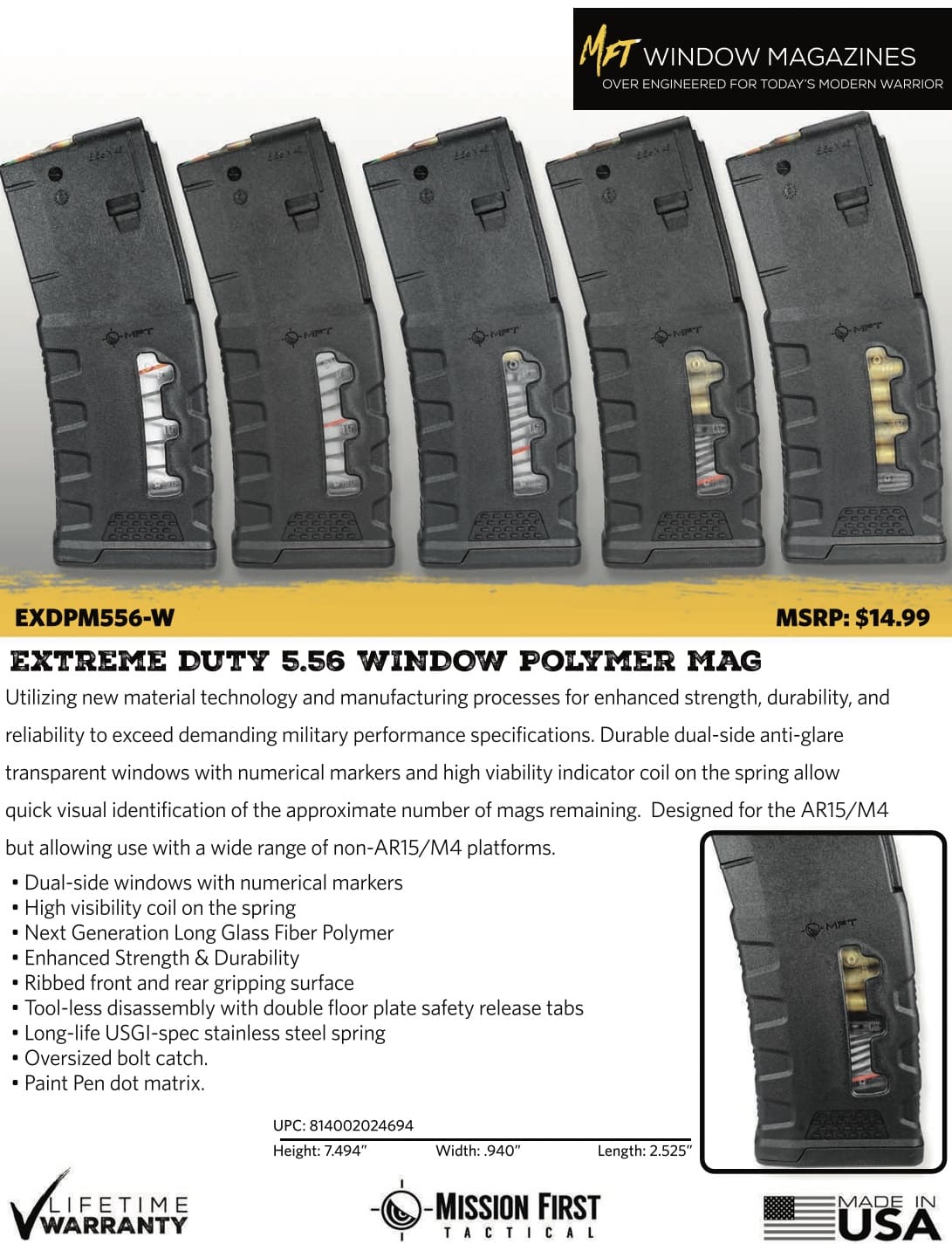
Confidence in handling the new Extreme Duty Window Magazines is a piece of cake, even during weather or duress. The front and rear of the gripping surface is ribbed for a positive grip, even with gloves. An oversized bolt-catch provides enhanced reliability of the bolt catch operation. The flared floor plate allows for an easier grip in handling and extraction and one-hand reloads. Wrapping up the multiple benefits to the newest addition to the MFT magazine line is a paint pen dox matrix to allow for easy marking and identification of magazines and the tool-less disassembly with the double floor plate safety release tabs.
Mission First Tactical Extreme Duty Window Magazines are built for hard shooting and extreme treatment and shooting conditions and comes with a Lifetime Warranty.
Extreme Duty Window Magazine Specifications:
Model Number: EXDPM-556-W
Height: 7.494”
Width: 0.940”
Length: 2.525”
Color: Black, Scorched Dark Earth
$14.99
For more information on Mission First Tactical, visit www.missionfirsttactical.com.





